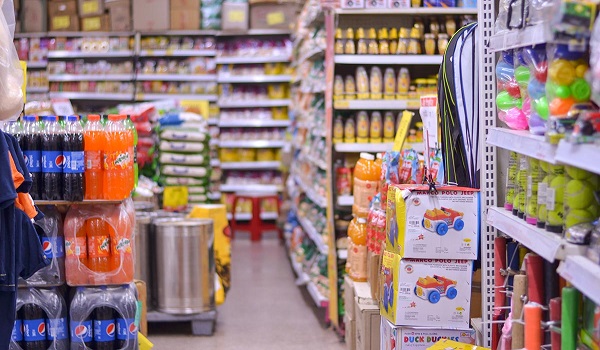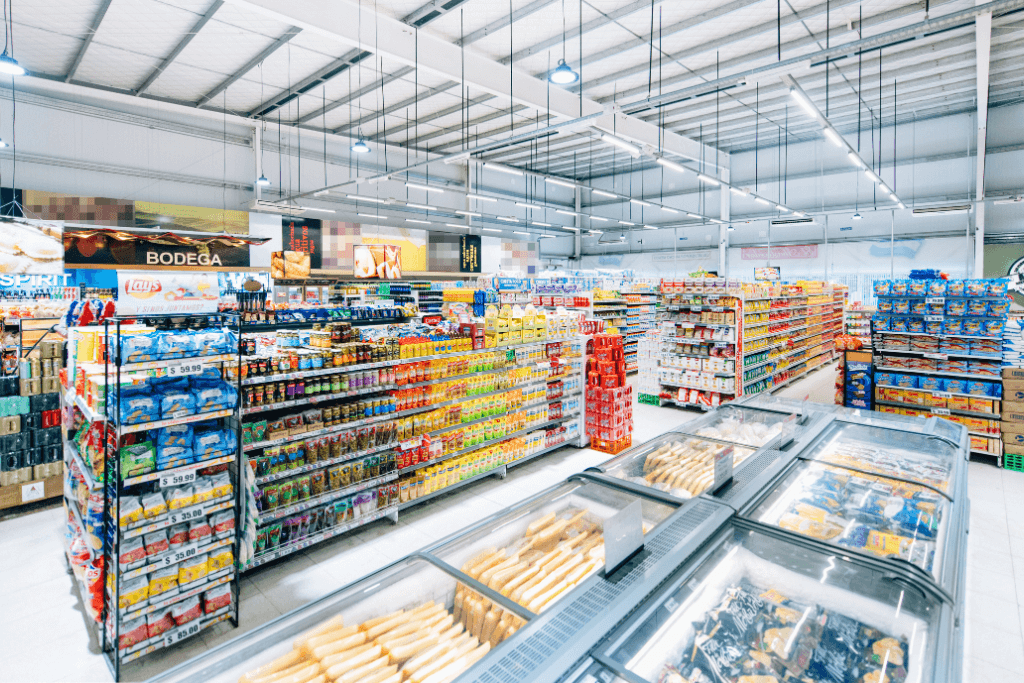In today’s world, where convenience often reigns supreme, the fast-moving consumer goods (FMCG) industry has long been a cornerstone of daily life. From your morning toothpaste to that late-night snack, FMCG products keep us going. But as consumers become more environmentally conscious, the industry faces a pressing challenge: how to deliver convenience without costing the planet. Enter sustainable packaging—a trend that’s not just a buzzword but a transformative shift reshaping the FMCG landscape.

Why Sustainable Packaging Matters Now
The numbers speak for themselves. Globally, over 300 million tons of plastic are produced each year, with a significant chunk coming from single-use packaging for FMCG products like snacks, beverages, and personal care items. Much of this ends up in landfills or oceans, taking centuries to break down—if it ever does. Meanwhile, a 2023 NielsenIQ survey found that 73% of global consumers are willing to change their consumption habits to reduce environmental impact. The message is clear: people want greener options, and they’re looking to brands to lead the way.
Sustainable packaging—think biodegradable materials, recyclable designs, or even zero-waste solutions—offers a way forward. It’s not just about meeting consumer demand; it’s about future-proofing businesses in an era of tightening regulations and rising eco-awareness.
Trailblazers Leading the Charge
Some FMCG giants are already setting the pace. Take Unilever, for example. The company has pledged to make all its packaging recyclable, reusable, or compostable by 2025. Their refillable deodorant sticks and concentrated laundry detergents are shrinking plastic use while keeping shelves stocked with familiar favorites. Then there’s PepsiCo, experimenting with plant-based bottles for its Tropicana and Aquafina lines, aiming to cut carbon emissions and reliance on virgin plastics.
Smaller players are making waves too. Brands like Who Gives A Crap have turned toilet paper into a sustainability statement, using 100% recycled paper and plastic-free packaging, all wrapped in a quirky, customer-friendly vibe. These innovators prove that sustainability doesn’t mean sacrificing profitability—or personality.

The Business Case for Going Green
Switching to sustainable packaging isn’t just a feel-good move; it’s smart business. Yes, upfront costs can sting—retooling production lines or sourcing new materials isn’t cheap. But the long-term payoffs are hard to ignore. Eco-friendly packaging can slash waste management expenses, tap into a growing market of conscious consumers, and even dodge future regulatory fines as governments crack down on single-use plastics. In the EU, for instance, the Single-Use Plastics Directive is already pushing companies to rethink their strategies.
Plus, there’s the brand loyalty factor. A 2024 study by McKinsey found that 66% of consumers consider sustainability when making purchases, especially younger demographics like Gen Z. For FMCG companies, whose products often rely on repeat buys, that’s a golden opportunity to build trust and stand out in a crowded market.
Challenges on the Horizon
Of course, it’s not all smooth sailing. Scaling sustainable packaging comes with hurdles. Biodegradable materials can be less durable, risking product spoilage—a nightmare for perishable goods like dairy or snacks. Supply chains for recycled or plant-based materials aren’t always robust, driving up costs or causing delays. And let’s not forget consumer confusion: terms like “compostable” or “recyclable” can mean little if local infrastructure doesn’t support them.
Yet, these challenges are sparking innovation. Companies are partnering with waste management firms, investing in R&D for sturdier bio-materials, and educating consumers on proper disposal. It’s a work in progress, but the momentum is undeniable.
What’s Next for FMCG Packaging?
The rise of sustainable packaging isn’t a passing fad—it’s a fundamental shift. As technology advances, we’re likely to see even more creative solutions: edible wrappers, modular designs, or AI-driven recycling systems that make sustainability seamless. For now, the FMCG industry is at a tipping point, balancing profit with purpose in a way that could redefine how we shop, consume, and dispose.
So, the next time you grab a bottle of shampoo or a bag of chips, take a closer look at the packaging. It might just tell a story of a brand—and an industry—trying to do better. What do you think: are we on the cusp of a packaging revolution, or is there still a long road ahead?